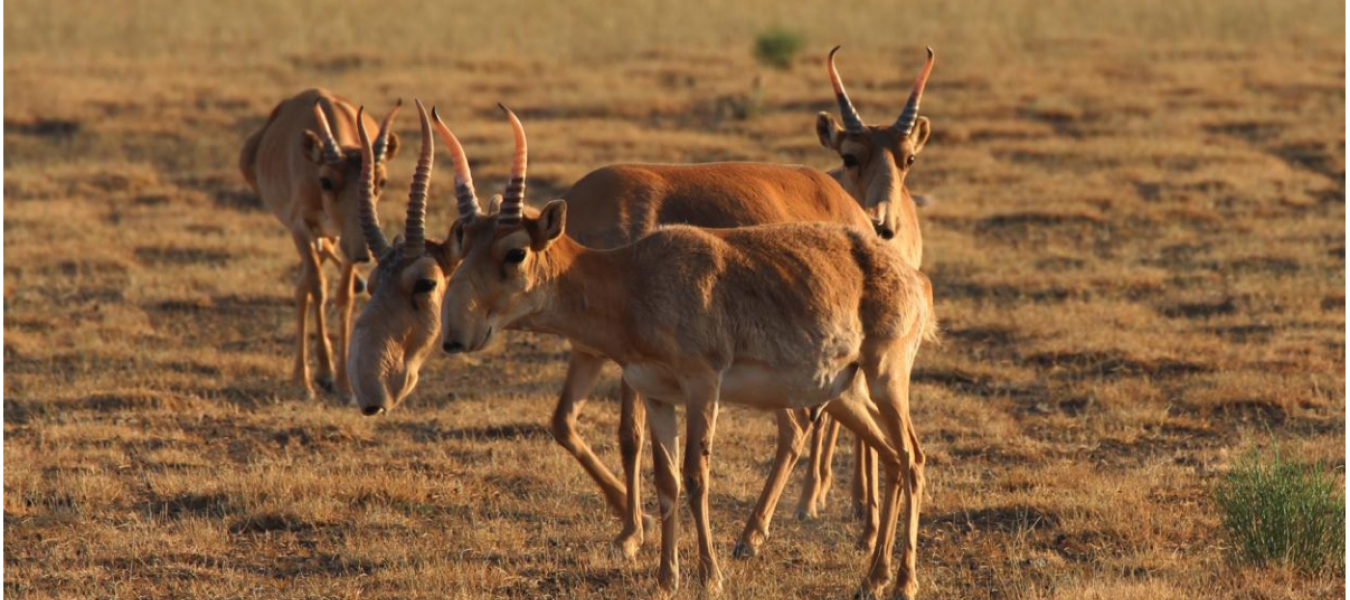Assessing the effectiveness of participatory monitoring of Saiga Saiga tatarica in Kalmykia (pdf)

Local participation where traditional monitoring has failed; assessing the participatory monitoring of saigas (Saiga tatarica) in Kalmykia, Russia
Participatory monitoring aims to involve local people in monitoring natural resources in their communities. It has gained popularity in recent years as a method of collecting low cost ecological data while engaging people in conservation and increasing their awareness of ecological issues surrounding their natural resources. In many areas with high biodiversity local people have low scientific capacity, raising questions about the usefulness and accuracy of the data collected.
Saiga antelope are critically endangered as a result of widespread poaching for their horns and meat throughout their range in Central Asia. This study assesses a participatory monitoring programme in Kalmykia, Russia, that has employed inhabitants of the steppe to record sightings of saiga (Saiga tatarica) in three projects between 2008 and 2012. Trends in saiga numbers over the three projects were investigated using data from the three projects, and a questionnaire survey investigated the social impacts of the programme.
Falling herd sizes and frequencies of sightings suggest a decrease in the population of saiga, however there is little evidence of a change in the saiga’s distribution between 2008 and 2012. People wanting to be monitors already have positive views of saiga and so participation in the programme had little impact on people’s attitudes. However analysis of monitors’ motivations and social networks found a number of ways of increasing the project’s efficiency and cost effectiveness. While this, and other, participatory monitoring projects have their limitations, they can nevertheless produce valuable and cost effective information for use in making management decisions.
